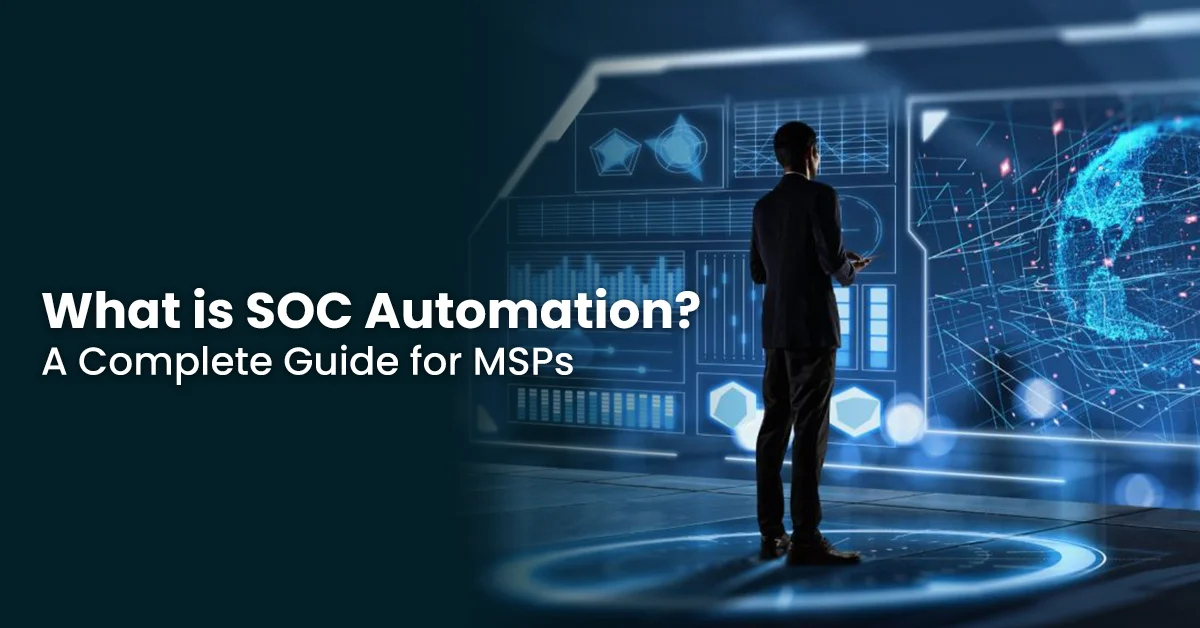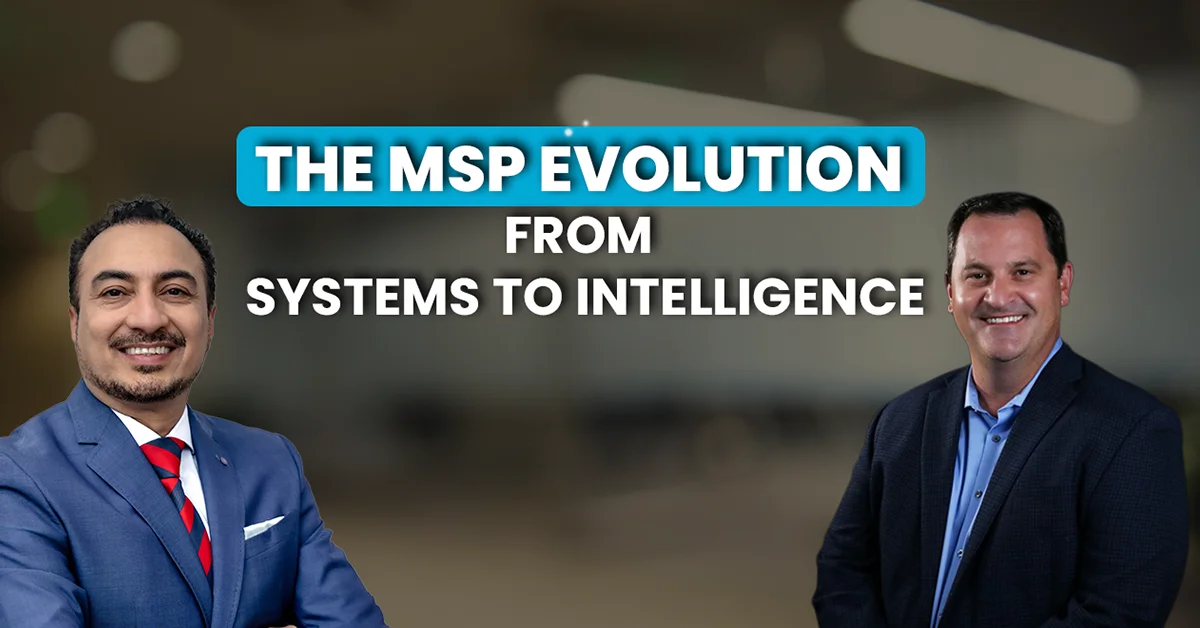Last week, I told you all about my conversation about how leaders bear responsibility for our team members not being successful if we haven’t taken the time and effort to provide them with feedback or coaching. As I was discussing this with another colleague, they were surprised by my focus on coaching to help my team members succeed, rather than on feedback and teaching/training. When we talked about it further, I realized that we each defined “coaching” differently and their approach didn’t really align with a professional environment.
What is workplace coaching?
Let’s start with what it’s not. It is not counseling and it’s definitely not therapy. It is also not teaching or training.
Workplace coaching is all about helping the coachee (your team member) to think about situations or actions in different ways by asking them questions. It’s about helping your team member expand their view and perspective of their actions and the subsequent results. It’s about helping your team member develop their skills and what actions they need to take for improvement, growth, and success. Having them do the problem-solving and identify their solutions also increases the chances that they will commit and follow through with their action plan. Google’s Project Oxygen found that the best managers are good coaches.
When should I use coaching?
It’s important to note that coaching is not appropriate for all situations when improved performance is the goal. Its usefulness is contextual; the benefits that coaching offers must suit the coachee’s needs.
Coaching is best when you’re working with:
- High-potential employees
- Knowledge workers (remember – ALL of our employees are knowledge workers)
- When commitment to action is more important than control
- When the issue is about managing relationships
When should I not use coaching?
It’s important to note that while all our MSP employees are knowledge workers, there are times when coaching isn’t the best method to use in supporting performance improvement.
Coaching should not be used when:
- Dealing with serious underperformers
- There is a SPECIFIC or PRESCRIBED way of completing tasks.
- You do not believe the coachee can achieve the goal
- There are safety or legal risks involved
What are the 4 steps of the GROW coaching process?
There are several different coaching methods that you can use. I like to recommend the GROW method because it is easy and straightforward.
- Goal: This is when you can use the feedback method from last week to identify the specifics of a certain situation (situation, behavior, impact) that could be an opportunity for growth for the team member.
- Reality: This is when you want to ask a lot of questions to help you ensure that you have an understanding of the situation, but also to help the coachee to see the situation through many different angles and perspectives, thereby raising their awareness of themselves and others.
- Options: This is the part where you encourage your coachee to brainstorm all the potential avenues for achieving their goals before they decide on actions. It is your role to help them think of all the options available to them, including not doing anything. Try not to offer your own ideas but rather keep using questions to guide them to find other options.
- Will: This phase pulls it all together for execution and implementation for your coachee. You want them to walk away knowing how to move toward their goal, which converts the discussion into a decision. Summarize the action points back to the coachee, affirming their decision and further cementing their commitment to moving forward with the plan.
Whenever I have a coaching conversation involving the other person committing to follow through on a course of action, I ask: “On a scale of 1 to 10, how likely are you to achieve this goal?”. This single question can help both parties clearly see the coachee’s commitment to growth and improvement.








